What Is Solidity Programming?
Ethereum Solidity is a brand-new programming language created for Ethereum smart contracts. Ethereum, the second-largest cryptocurrency market by capitalization, was launched in 2015 under Christian Ritweissner. Before going into a deeper investigation of Solidity, in the following section, we will introduce some features of Solidity.
Solidity can create contracts such as voting, cryptocurrency auctions, financial market activities, multi-signature wallets, etc.
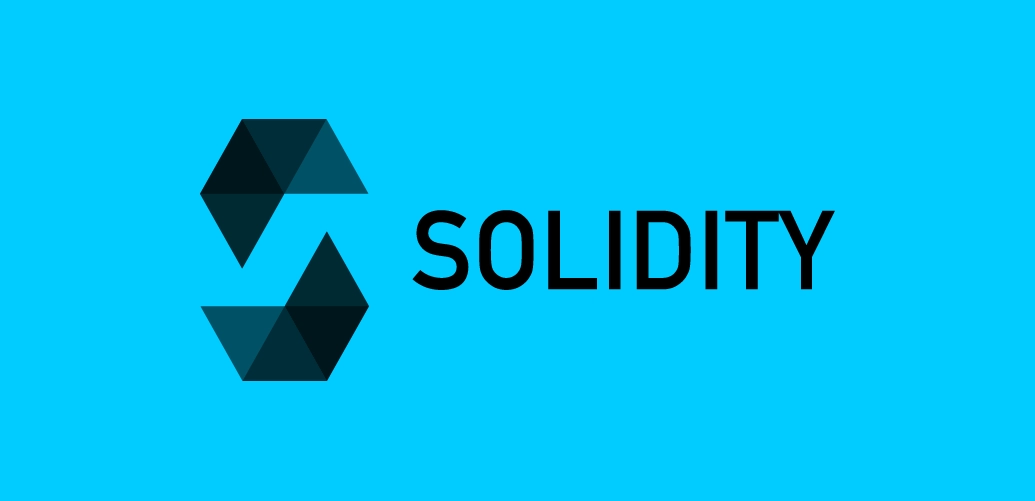
To begin with, we need to examine each solidity feature more deeply; We said that Solidity helps Ethereum intelligent contracts; But what mechanisms do smart contracts have? So, the first step to knowing Solidity is knowing intelligent contracts.
What is a smart contract?
If you are unfamiliar with intelligent finance, you should first learn about it. If we want to briefly explain the intelligent contract, A smart contract is a self-executing contract where the terms of the agreement between the buyer and the seller are written directly in the lines of code. Suppose you go to buy a house, and there is a contract in front of you whose rules are implemented in the form of words on paper; In the virtual agreement, everything runs in the form of codes. The code controls the execution, and the transactions are traceable, but it should be noted that the transactions are irreversible.
Smart contracts are high-level application codes compiled into EVM bytecode and deployed to the Ethereum blockchain for further execution. Contracts allow us to make valid transactions without any third-party involvement. As we said, these transactions are traceable and irreversible.
What are cryptocurrencies?
Cryptocurrency is a digital or virtual currency secured by cryptography, making it almost impossible to cheat or spend it physically in the real world. Many digital currencies are decentralized networks based on blockchain technology.
One of the defining characteristics of all digital currencies is that they are usually not issued by any central authority and are theoretically immune to government interference or manipulation. These virtual currencies have different values, and sometimes they can help various businesses. Physical money is predicted to disappear, and cryptocurrency will replace banknotes.
What is Blockchain?
Blockchain is a database shared between a computer network’s nodes or nodes. As a database, a blockchain stores information electronically in digital form. Blockchains are best known for their vital role in digital currency systems, such as Bitcoin, for maintaining a secure and decentralized record of transactions. The blockchain’s innovation guarantees the fidelity and security of the data record and creates a safe and reliable environment without the need for a third party.
One of the key differences between a regular database and a blockchain is how the data is structured. A blockchain collects information in groups called blocks. In other words, each block stores a set of information. Blocks have specific storage capacities, and the volume of each block can be different from another. As each block is filled, they are closed and linked to the previously served block, forming a chain of data known as a blockchain. All new information that follows the newly added block is compiled into a freshly created block, which, after filling, is also added to the long chain before it.
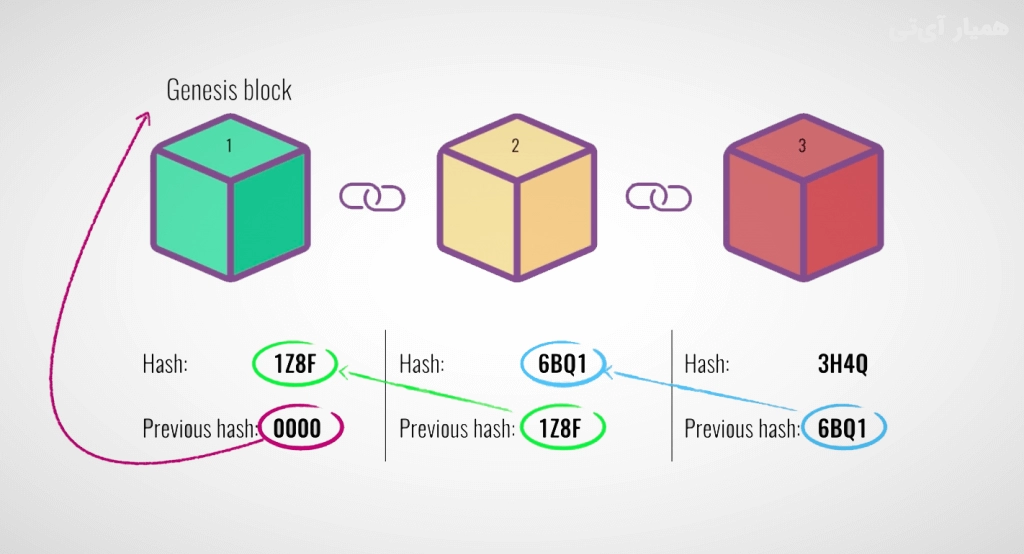
A database typically structures its data as tables, while a blockchain, as the name suggests, structures its data into chunks (blocks) that are linked together. This data structure inherently creates an irreversible timeline of data when implemented in a decentralized nature. When a block is filled, it is placed in the row of filled blocks before it becomes part of this timeline. Each block in each chain has a unique time identifier when it is added to the chain.
What is Ethereum, and what does it have to do with Solidity?
By definition, Ethereum is a decentralized global software platform that supports blockchain technology. It is mainly known for its native digital currency, Ether or ETH, and its name is based on that.
Anyone can use Ethereum to create any digital safety technology. This token is designed for use on the blockchain network but can also be used by participants to pay for work on the blockchain.
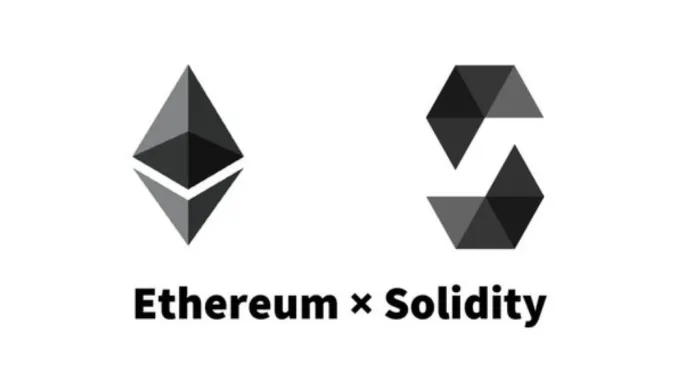
Ethereum is designed to be scalable, programmable, secure, and decentralized. It is the blockchain of choice for developers and companies building on its technologies to change how many industries operate and how we conduct our daily lives.
By default, Ethereum supports smart contracts and essential tools for decentralized applications. Many decentralized finances (DeFi) and other applications use intelligent contracts with blockchain technology.
We can introduce now that you have enough information about cryptocurrencies, blockchain, ether tokens, smart contracts, and Ethereum.
What is the use of Ethereum?
Ethereum is a decentralized, open-source platform based on the blockchain domain used to run smart contracts, i.e., programs that execute the program exactly as planned, without the possibility of fraud, third-party interference, censorship, or failure. The platform offers nearly 260,000 different digital currencies. Ether is a digital currency produced by Ethereum miners and is used to reward the computations done to secure the blockchain.
Ethereum Virtual Machine (EVM)
Ethereum Virtual Machine (EVM) is a runtime environment for executing smart contracts in Ethereum. This concept broadly focuses on securing and managing untrusted code using an international network of public nodes. EVM is specialized to prevent Denial of Service attacks and verifies that the application has no access to each other’s state. It also ensures that communication is established without any possible interference.
Now is the time to know Solidity!
Now that you know about cryptocurrencies, blockchain, ether tokens, smart contracts, and Ethereum, we can start reviewing Solidity; note that Solidity is a relatively complex and high-level language, so if you don’t understand some of its concepts and don’t have a background, this article may be A little difficult for you.
How can we learn Solidity?
There are several ways to install the Solidity compiler; choose your preferred option and follow the steps listed on the installation page.
Example: In the following example, we have discussed a solid application example to demonstrate how to write a smart contract in Solidity.
Pragma version
The Pragma version is a version of the Solidity compiler. Pragmas are instructions to the compiler about how to deal with code. All solidity source code must start with “pragma version,” a vital indicator of the solidity compiler version. The versioning pragma helps us make the code incompatible with later compiler versions that may cause changes. The pragma version contains code that states, for example, that the code is compatible with compilers of understanding greater than and equal to 0.4.16 but less than version 0.7.0.
Contract keyword
The keyword contract declares a contract defined and isolated under the framework of codes.
State variables or declaration variables:
State variables are permanently stored in intelligent contracts; their storage space is available on the Ethereum blockchain. The line uint public var1 is a state variable named var1 of uint type that declares the integer without (the sign means the same as positive 256 bits).
Function declaration
The set function (SET) is a function that takes an x variable and a y variable of the int data type as parameters. You saw an example of a simple, smart contract that updates the value of var1 and var2. Anyone can call the function set and overwrite the value of var1 and var2 stored in the Ethereum blockchain. This is an example of a decentralized application that is censored and does not affect the shutdown of centralized servers. This smart contract will be available if someone runs a node on the Ethereum blockchain.
In this contract, the sum of variables is calculated by adding the values of var1 and var2 variables, and the get function retrieves and prints the sum value of the state variable.
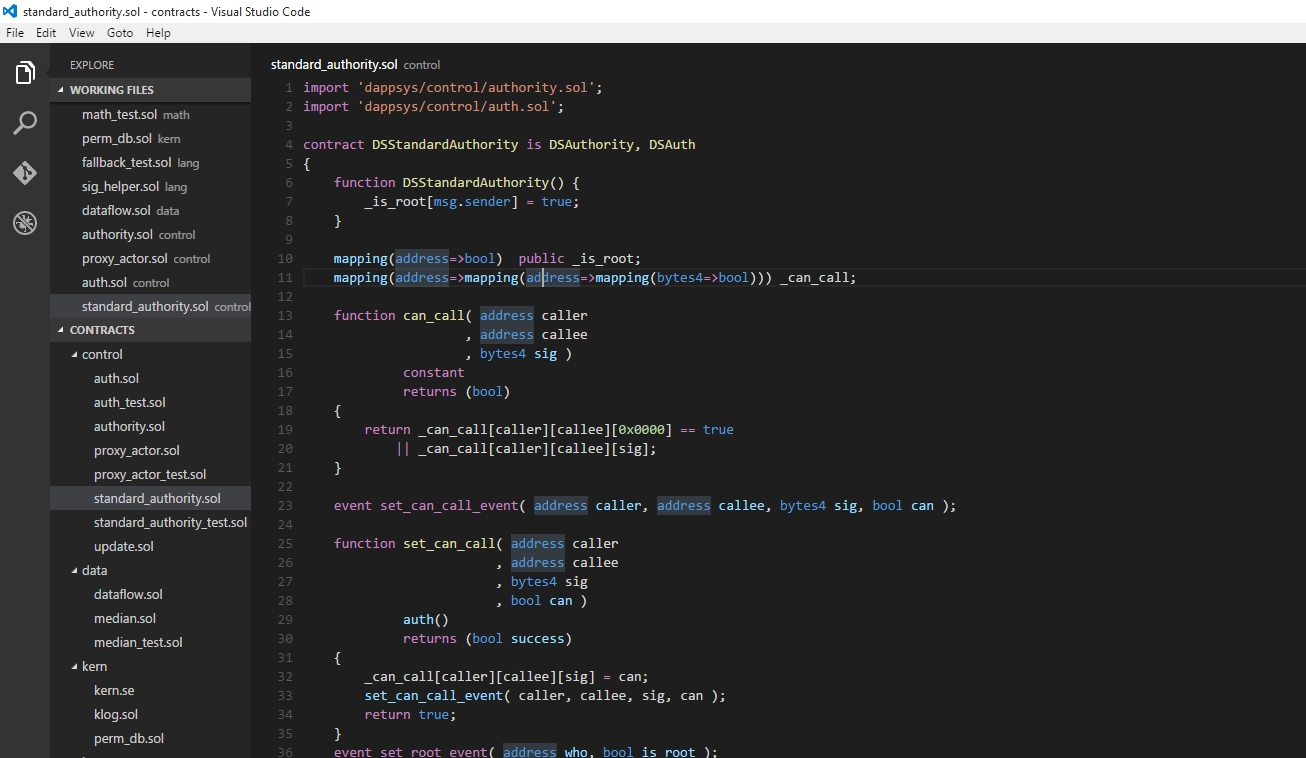
Smart contracts allow trusted transactions and agreements between heterogeneous and anonymous parties without needing a central authority, legal system, or external enforcement mechanism. While blockchain technology is primarily intended as the foundation for Bitcoin, it has evolved far beyond the foundation of virtual currency. It is a centralized method for moving cryptocurrency or any other transaction. Now you understand the concept of the smart contract, but minor points within its image need a separate explanation; For example, blockchain, Ethereum, cryptocurrency, etc.
What are the features of Solidity language?
We got acquainted with the features of smart contracts and many different concepts, and next, we want to examine the characteristics of Solidity.
Complex data structures
To start Solidity programming, you can’t see the data structures ready-made in a pre-defined checklist because they provide essential functionality; as mentioned, the Solidity language is a relatively high-level language. One of the first data structures in Solidity refers to the Enum data structure, which helps keep track of enumerated lists in the Solidity programming language. Another example of data structures in Solidity is that they help define their data types. Networks can help you model any data type according to the requirements with the desired characteristics of different data types. Similarly, you can also come across arrays as one of the essential inputs among data structures in Solidity programming.
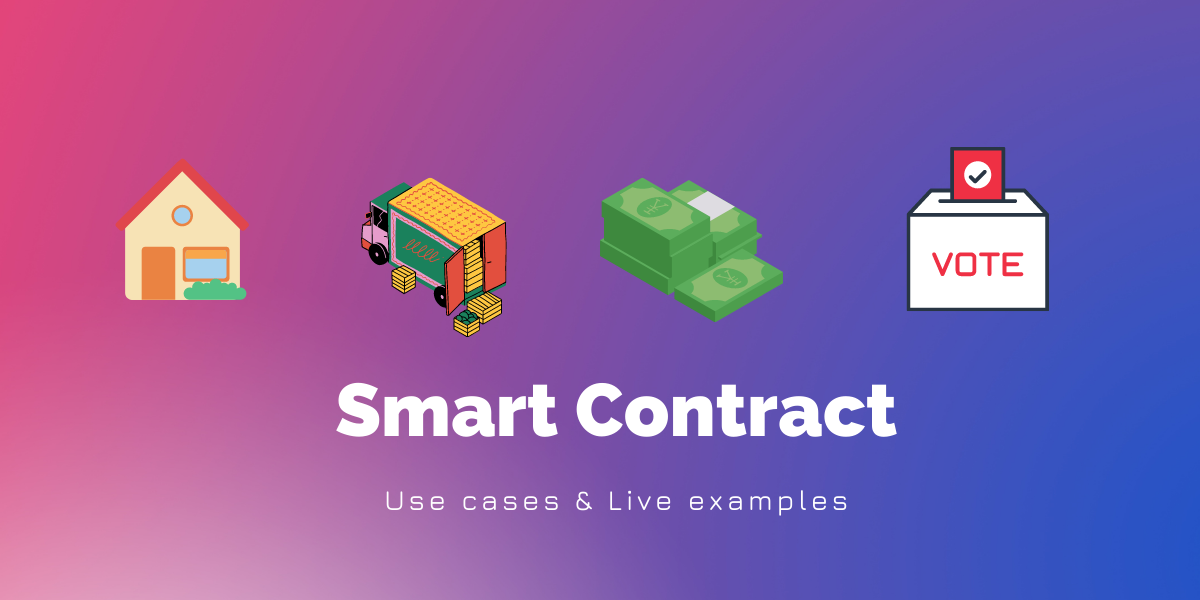
What is the biggest surprise for people interested in Solidity programming? In any case, the answer to this question is “Mappings.” Mappings in Solidity help store key-value pairs and are a highlight of the programming language functions. Solidity’s “Mappings” data structure is more like a hash table or associative array associated with other functions.
Ability to view performance
Solidity Programming also provides performance visualization to its users. Performance observation is essential in defining the scope of smart contract functions in the Solidity programming language. For example, public function visibility makes it easy to call functions from accounts outside of the smart contract. Subsequently, this same performance observation can implement intelligent agreements as a more realistic task.
What are the benefits of Solidity programming?
Solidity for the Ethereum blockchain depends a lot on the benefits and values it offers. Besides the basic functionality, Solidity offers many exciting features that confirm it as a unique alternative to many Ethereum-based programming languages. The first advantage of Solidity programming is the support of complex data types and member variables in addition to fundamental data types. Solidity has striven to be the most complete.
In addition, the Solidity programming language provides an Application Binary Interface, or ABI, to enable data type safety. When the compiler detects data type mismatches for certain variables, the ABI can help quickly identify errors. Another highlight of Solidity programming on Ethereum is the impact of “natural language specifications.” Solidity uses natural language specifications to translate user-centric specifications into machine-understandable language.
Other critical benefits of using Solidity to build decentralized applications and smart contracts include the following:
Easy access to object-oriented features
Solidity supports different types of critical roles using an Application Binary Interface or ABI; more simply, Solidity helps beginners learn the basics of smart contracts and blockchain development. Developing smart contracts in the Solidity programming language helps drive secure and reliable processes for different platforms that deal with agreements between two parties.
Communication with common programming languages
A discussion of programming principles Solidity showcases many insights into how it works and is a popular programming language on Ethereum for developing smart contracts. Solidity’s similarities to popular high-level languages provide an exceptional opportunity for beginners to learn innovative contract development.
Anyone interested in exploring the functionality of blockchain technology in developing decentralized applications can learn the Solidity programming language. However, it is essential to explore all the ways to use the basic functionality in Solidity. Before diving deeper into Solidity programming, you need to learn about every component of Solidity. To create your first smart contract, look for reliable sources of information on solidity programming because not every tutorial is worth the time and money.

Solidity is a crucial programming language in the blockchain world. In 2014, Solidity was first proposed on Ethereum, and the Solidity team continuously worked on its development. Currently, thousands of developers around the globe are using Solidity to create blockchain-based services. You will find many uses of Solidity in today’s world.
Solidity Programming Use Cases
Now, let’s know a little more about Solidity so that you can get a good overview of its features at the end of the article.
voting
You may be interested to know that Solidity is also used for voting. Issues like fake voters, booth reservation, data manipulation, and changes in the voting machine can be seen in the voting process. The voting process can be made transparent and effective by deploying Solidity smart contracts.
Crowdfunding
Crowdfunding often faces data management and third-party commission issues. There is no need for centralized systems when the entire process is done through Solidity smart contracts. Solidity ultimately reduces overhead costs.
Free auctions and auctions
In the case of an open auction, anyone can see another person’s bids. This issue causes disputes and even fakeness of some purchases and offers. An available auction with Solidity intelligent contracts does not allow anyone to view another person’s bid until the auction ends.

So, this may make it abundantly clear that Solidity programming has high-value use cases.
How to learn Solidity?
Now, let’s review the prerequisites for learning Solidity. If you are considering learning this language, we have mentioned some tips that can significantly help you in the following article.
Learning prerequisites
Solidity is a high-level programming language for developing Ethereum-based smart contracts. Since everything is related to the Ethereum platform, you should have a basic knowledge of the platform. Apart from that, the prerequisites for learning Solidity are as follows:
- Basic understanding of blockchain technology and related platforms
- Basic familiarity with programming and programming languages
- Ability to work with advanced and high-level technology
If you are computer literate, this will be a plus as it will be easier to learn the concepts. But even if you are from any other field, you can learn Solidity after you have basic knowledge about the Ethereum blockchain.
And over! That’s all you need to become a solid developer. Plus, a little spice of perseverance.
To become a blockchain/Ethereum developer, you should be familiar with smart contracts. We have discussed this topic fundamentally above, but you need to understand it deeply to become a solidity pro. A blockchain developer’s job is to create DApps (decentralized applications); smart contracts are the foundation, so don’t neglect them.
To write any smart contract, you need to learn Solidity. The syntax is similar to JavaScript, but you need a deep understanding of Solidity to write smart contracts. Once you have drafted an intelligent agreement, the contract will do the work independently without your intervention. The beginning of writing the smart contract is enough for it to start drafting agreements automatically.
If you want to enter the field of blockchain and develop smart contracts, you should familiarize yourself with Solidity programming. But if we are active in cryptocurrency, why should we learn Solidity? Some of the critical reasons for learning Solidity are:
- Creating intelligent contracts to plan money and move it under certain conditions
- Deployment of smart contracts through EVM or Ethereum virtual machine
- Development of decentralized programs in each department
- By learning with Solidity, you will understand the ins and outs of blockchain and Ethereum structure
So, you can say that if you complete learning Solidity programming, it will be straightforward to work with the Ethereum platform and other blockchain platforms. Solidity is the path to becoming an Ethereum/Blockchain developer.
As you saw in this article, we completed a review of Ethereum, blockchain, smart contracts, etc. After that, we introduced the Solidity programming language, which depended on the definition of the previous cases, and we investigated its uses and available features. Finally, we examined the courses that can help summa Solidity from travel to hundreds. By using the methods mentioned in this article, you can get complete and comprehensive information in the field of Solidity and become an expert.











